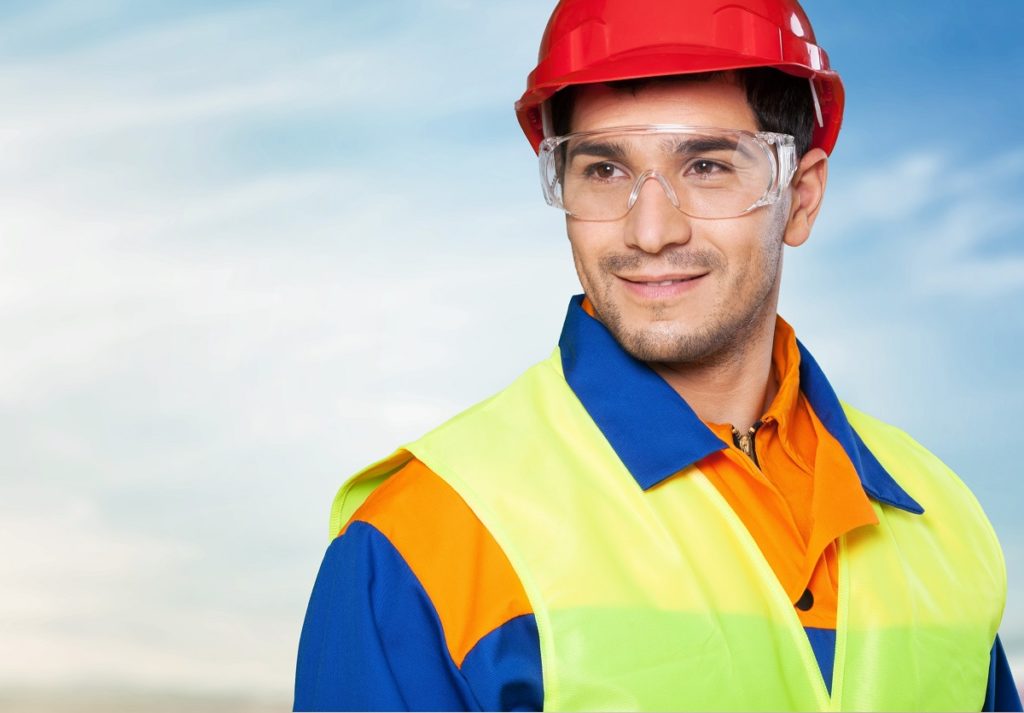In 2010, the offshore oil drilling rig, Deep Water Horizon, exploded into a ball of fire. In the aftermath, an estimated 4.9 million barrels went in the waters of the Gulf of Mexico. The explosion of Deep Water Horizon also injured 17 oil rig workers. While it was unfortunate that there were a few fatalities, another 94 oil rig workers and construction crew were rescued by boats and helicopters that responded to the “May Day” distress call.
The incident is now known as the “largest marine oil spill in the petroleum industry” and one of the most significant environmental disasters in US history.
No doubt, the surviving crew and oil rig staff survived and avoided serious harm because of construction worker safety gear that was part of standard-issue uniforms for all those that worked on Deep Water Horizon. The equipment helped protect the bodies and the very lives of the people on the rig.
Given the enormous pressure, heat, and toxic fumes produced by the leak and subsequent explosion at the oil well, there was no other way that these people could have lived through the disaster without the helmets, protective overalls, goggles, and gloves that they used on duty.
As recounted by the survivors, the oil leak and gas explosion caused so much pressure that iron doors bolted with stainless steel screws were ripped open by the gas expansion and blast wave from the oil well. These metal barriers, also called fire doors, were designed precisely to protect people from explosions inside the rig. The sheer power of the explosions kicked open the metal barriers as if they were merely made of cardboard.
The workwear products served as life-saving barriers that shielded them from the inferno. As fire, together with bolts, screws, pipes, and other metal components, came flying through the air — the helmets served their purpose and protected the fragile heads of the workers. The protective eyewear and masks also worked well together with the industrial suits that coated them against the hot oil and burning flames that engulfed the interior of the rig.
Protecting the Environment & Emergency Responders
A total of 47,000 people and 7,000 ships were involved in the post-disaster clean-up operations. Almost 1,000 workers and professionals were involved in the oil spill clean-up operation that began that same year, 2010. All these people, too, had to be issued special protective gear so that they can endure the hardship of containing the oil spill that still emitted toxic fumes. The fumes and the spilled oil on the water were hazardous to humans as well as to flora and fauna that inhabited not only the gulf but also the surrounding coastal and land formations. Three years later, in 2013, the clean-up operations had cost the oil rig operators a total of $14 Billion.
Protective Gear & Present-Day Threats
A decade after the Deep Water Horizon disaster, a new threat in the form of a pandemic has highlighted the importance of protective gear. The oil rig incident showed how these types of supplies and equipment can save lives from non-human threats that can be seen, heard, and even smelled, such as fire, fumes, and solid objects that became ‘missiles’ hurtled in all directions by expanding gas. Today’s global viral scare has shown that these same protective tools and supplies must be used, albeit, against an unseen threat that cannot be seen by the naked eye.
Other major accidents in history show the vital need to have workers fully supplied with high standard industrial protective equipment. The 1986 Chernobyl Nuclear Plant Disaster in Ukraine and 2011 Fukushima Nuclear Plant Disaster in Japan are other examples of industrial hazards. They show that the use of the highest standard protection equipment is mandatory for workers in these facilities, as well as first responders who need to take action to address similar incidents in the future.
There are strict specifications in the manufacture of such gear, as enforced by the Occupational Health and Safety Administration (OHSA). These standards cover equipment, tools, and supplies for the protection of the head, body, hands, eyes, ears, and feet. There is also a regulation on the design and manufacturing of anti-fall equipment that is used by workers that operate from high altitude platforms or above-ground workspaces.
These standards were made to safeguard the lives and welfare of various types of workers and professionals in the petroleum industry and the nuclear energy sector. Other people from a wide variety of sectors also benefit from these standards. They include firefighters, emergency response technicians, civil engineering personnel and construction workers, doctors and other health care professionals, and other individuals or groups that face the hazards of both man-made and environmental disasters.

